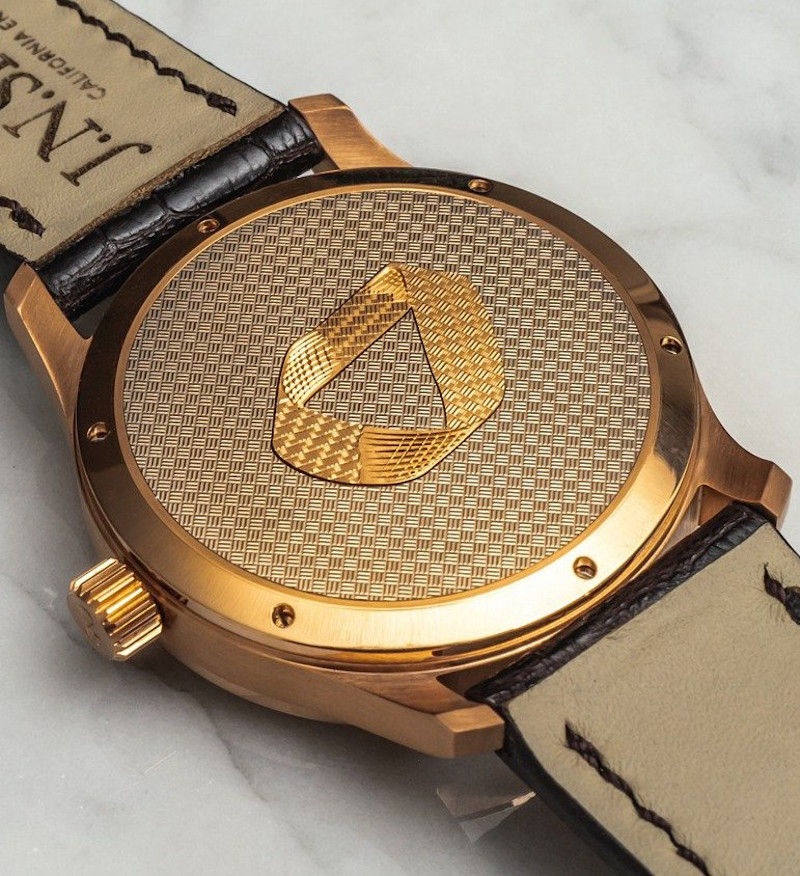“Information ... It's like a bottle of fine wine. You store it, you hoard it, you save it for a special occasion. And then you smash someone's (expletive) face in with it.”
– Tom Wambsgans "Succession"
1. Machining Marks = Geneva Stripes
And I’m a slut for Geneva stripes. I’m talking, of course, about the reshoring initiative of American watchmaking. The popularity of independent watch brands and watchmakers in the United States has surged in recent years. Technological advancements, increased virtual communication, and the influence of social media have all played a part in helping American brands increase their presence in an industry dominated by Swiss, German, and Japanese players.
2. DNA + Glass = Supermaterial
Researchers at the University of Connecticut, Columbia University, and Brookhaven National Lab have developed a new material that is four times stronger and five times lighter than steel. They constructed a DNA structure – similar to a house frame but made of DNA – and then coated it with a thin layer of near-flawless glass. The DNA reinforces the glass, making the material very strong while remaining lightweight due to the material's volume being mostly comprised of void space.
3. AI Impresses UN Summit
Nine robots debuted at the July U.N. Global Summit on AI for Good in Geneva. Among them was Ai-Da, the world's first AI-powered artist; Grace, the most advanced humanoid healthcare robot, which can support health and well-being, provide educational services, assist disabled people, and recognize over 100 languages; and Nadine, a highly realistic robot capable of maintaining conversations and remembering previous interactions.
4. One Giant Leap for 3D Printed Circuits
Space people have been chirping about printing in zero-G for as long as I’ve been in the industry. Well, they finally stopped talking about it and decided to be about it! The SubTEC-9 rocket test-printed circuits on two panels along with a payload door, all of which transmitted data during flight. The technology, which allows for minute, precise printing, may revolutionize the design of smaller spacecraft. The success of this test flight marks a significant turning point in the evolution of printed-circuit technology.
5. Scalable Fourt-Order Interferometry (Q-OCT)
Researchers at the University of Calgary, led by Dr. Shabir Barzanjeh, have made huge advancements in quantum sensing. They developed a method utilizing the entanglement of photon pairs for the non-destructive imaging of microscopic samples, enhanced by a genetic algorithm. The team used entangled light to generate representations of the internal morphology of multilayered samples – and also formulated an extensive theoretical framework to anticipate and mitigate spurious structures and distortions in the images.
To get the latest tech developments delivered directly to your inbox, subscribe to the weekly Tech Report here.
To access Tech Trends, log in to or register for an MTInsight account at https://www.mtinsight.org/






